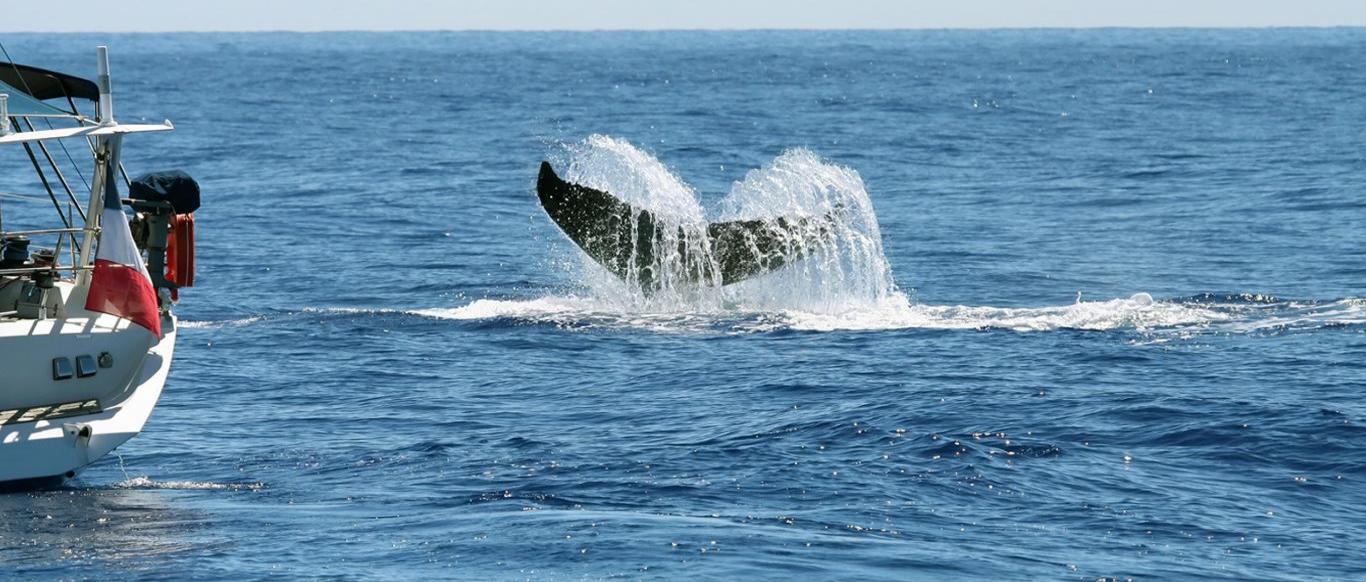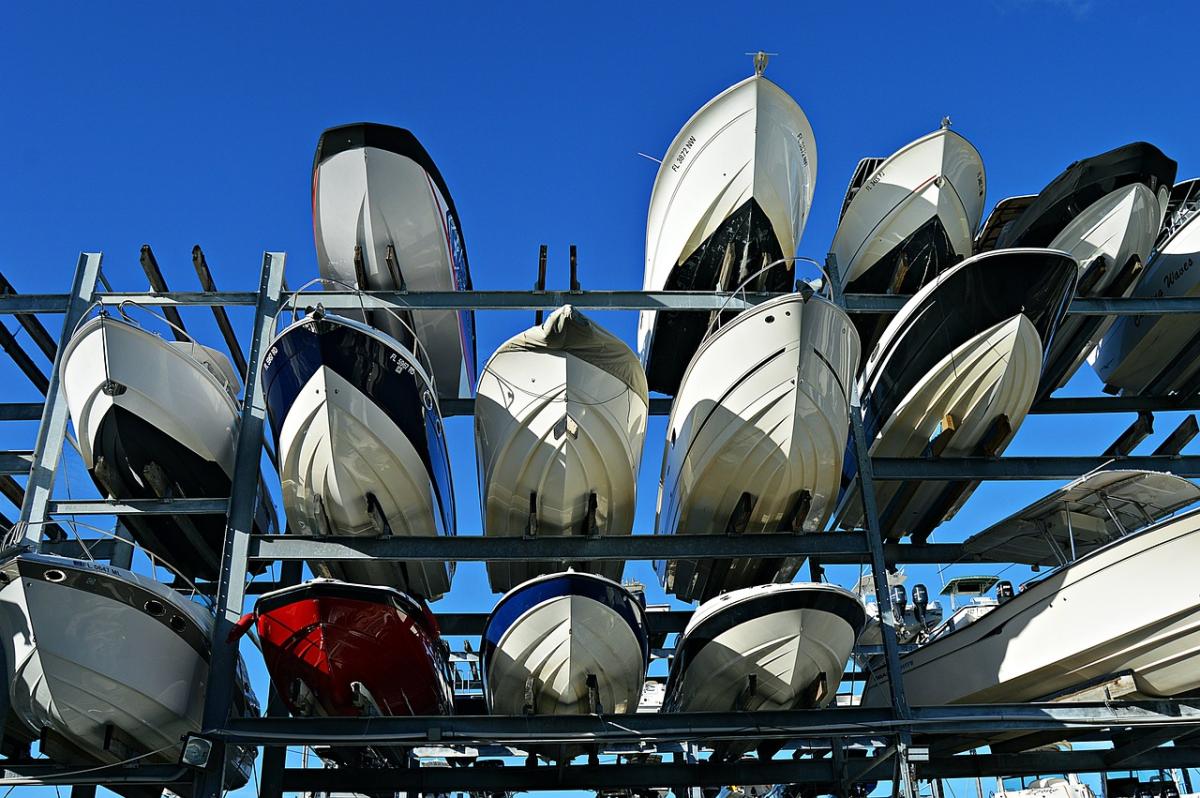Keeping Your Boat in the Water or Out? Wet vs Dry Storage Pros and Cons
Key Takeaways:
- Wet storage keeps your boat in the water, which is more convenient for frequent use but can lead to marine growth.
- Dry storage lifts your boat out of the water when not in use, reducing maintenance but adding launch fees.
- Wet storage offers easier access for impromptu trips, while dry storage requires advance planning.
- Dry storage better protects your boat from sun damage, storms and other weather exposure.
- Consider factors like convenience, costs, haul-out needs and local climate when choosing wet vs dry storage.
- Boat covers provide another layer of protection from the elements.
Boat owners face an important decision when it comes to securing storage for their vessel. Do you keep your boat docked in a marina slip year-round or store it out of the water when not in use? Here's an in-depth look at the pros and cons of wet storage versus dry storage options.
Convenience of Wet Storage
The main advantage of keeping your boat in the water at a marina or mooring field is convenience. With wet storage, your vessel is ready to head out at a moment's notice. You don't have to schedule a haul-out, wait for the boat to be launched or spend time cleaning off the hull once it's in the water. This makes wet storage ideal for boaters who use their vessel frequently.
If you like to make impromptu fishing trips, waterski on weekends or meet up with boating friends spontaneously, wet storage is likely the best choice. You can embark on these outings without advance planning or prep work. The boat is readily accessible at all times.
Potential Downsides of Wet Storage
However, the convenience of wet storage comes with some downsides. The most significant is marine growth, which includes algae, barnacles and other organisms that attach to the hull. This can affect the boat's performance by increasing drag and reducing speed/fuel economy. Frequent hull cleaning is required to combat marine growth in wet storage.
Other concerns include loose fittings and fasteners from the constant motion of water. This can lead to leaks or issues like warped wood on deck. Battery charge also needs close monitoring when boats sit in the water untouched for long periods between outings. And kayaks, dinghies or accessories left on deck can accumulate mildew, mold and sun damage.
Advantages of Dry Storage
Now let's look at the key benefits of dry storage, which essentially means storing your boat on land when you aren't using it. This might involve outdoor racks, sheds or indoor facilities. Dry storage protects vessels from many problems associated with water exposure.
Without water contact, hulls stay smooth and free of marine growth. This reduces the need for regular scrubbing and polishing. It also maintains the boat's optimal performance. Dry storage prevents algae buildup on decks, cushions and accessories as well.
Removing water contact also curbs corrosion, electrolysis and loosened fasteners. A boat stored on land doesn't deal with the constant movement and moisture that can cause fittings and components to deteriorate prematurely. Less wear and tear reduces maintenance costs.
Perhaps the greatest benefit of dry storage is protection from severe weather. Stored properly on land, your boat stays safe from pounding storm waves, damaging winds and flooding. You avoid the risks of a boat breaking free from its moorings during hurricanes or tropical storms.
Boat covers provide another layer of protection from the elements like sun, rain and grit. Even in dry storage, covers keep your boat clean and shielded.
Potential Inconveniences of Dry Storage
Yet dry storage has some notable drawbacks in terms of convenience and access. You need to schedule haul-out and launch times in advance every time you want to use the boat. This makes spur-of-the-moment outings impossible. Wait times often apply for launch service too, so you lose time at the start and end of a boating day.
When pulled out for storage, boats need thorough cleaning and winterizing preparation to prevent issues like freezing cracks. And thorough post-storage cleaning is required after months out of the water to tackle oxidation, grime and dust accumulation. Yard fees usually apply for these services.
Weighing Your Options As you can see, both wet and dry storage options have pros and cons. So which is better for your needs? Here are some key factors to consider:
- How often will you use the boat? Frequent usage favors wet storage. Infrequent usage leans toward dry.
- What is your local marine climate? Warm, tropical areas are prone to more marine growth, suggesting dry storage. Places with cold winters make dry storage essential.
- Does your boat have vulnerable wood components? Dry storage prevents mold and mildew.
- Are haul-out facilities and launch ramps conveniently located? Long transit times to launch sites favor wet storage.
- What is your budget? Dry storage costs more for yard fees but may reduce maintenance costs.
- How sensitive is your boat to weather exposure? Dry storage protects from rain, sun and storms.
Carefully weighing these factors will help you decide whether wet or dry storage is the best solution for your boating needs and preferences. Consult with marinas in your area too, as they can offer guidance based on local conditions and services.



